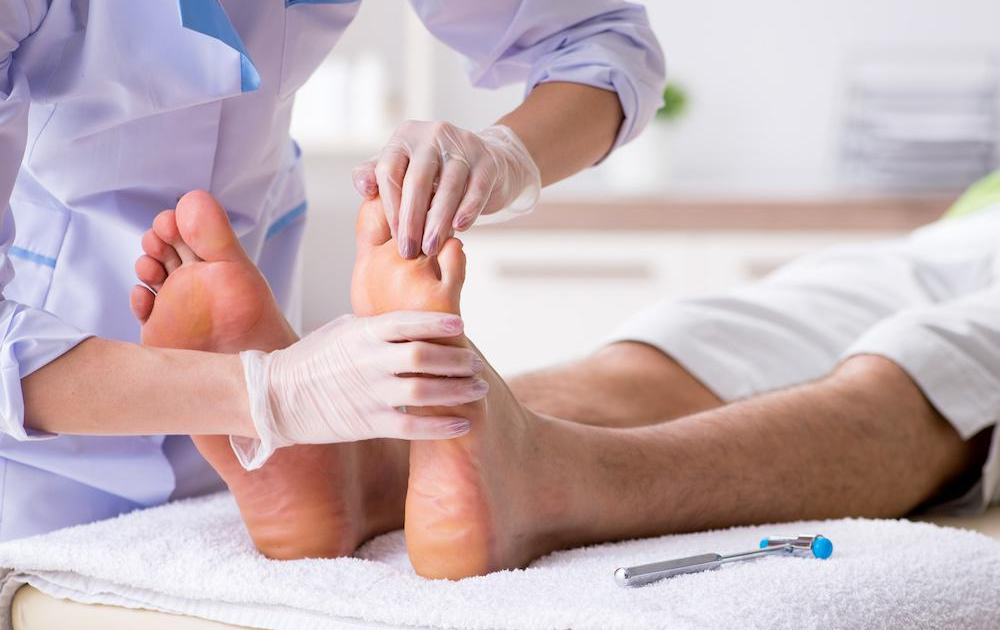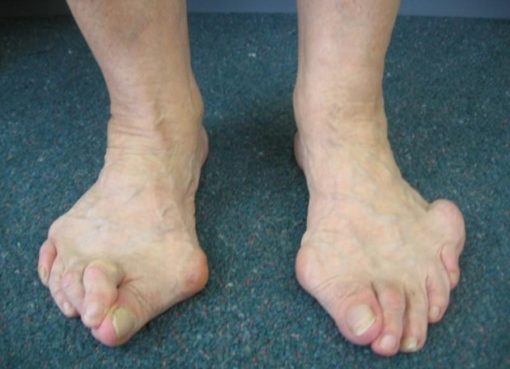If you are a diabetic person then over some time, it can lead to many different complications, and a few of them can be quite serious if they are not promptly identified and addressed. Foot problems are one of the very common complications in people with diabetes.
Generally, you can lower any risk of diabetes-related complications if you can keep your blood sugar within the goal range and regularly see your doctors get checkup.
Also, you can lower your risk of having any foot problems by regularly examining your feet by a foot and ankle specialist Orange County.
In this way, even if problems ever occur, you can detect them right away so that you can get the necessary treatment. It may take a little time and effort to develop good foot care habits, however, it is a very essential part of your diabetes management.
Here in this article, we will discuss the various foot-related complications that may happen in people having diabetes, and also guidelines for proper foot care and tips to lower the risk of developing all these problems.
What foot problems a diabetic person can have?
A diabetic person is susceptible to several foot problems that are:
1. Nerve damage
You might have neuropathy, which can make your feet hurt and tingle. In the long run, this may result in more severe issues, such as losing feeling in your toes and feet.
2. Foot ulcers
An injury to the foot or toes is known as a foot ulcer. A portion of the foot’s tissue degrades, resulting in an open wound. These ulcers are prone to swelling and infection.
3. Charcot’s foot
The bones in your feet may begin to deteriorate if you have nerve damage in your feet. These bones can fracture due to deterioration and cause foot abnormalities.
4. Amputations
Sometimes the damage caused by a foot ulcer or wound cannot be healed. If this occurs, you could need to have an amputation.
A few diabetes warning-signs in your foot
You must pay close attention to any kind of changes in your feet. Common foot-related diabetes warning signs are:
- Bleeding corns and blisters, calluses, and bunions
- Color changes in the skin
- Cracks and extreme dryness, particularly in the heel
- Fungus and infection
- Ingrown toenails
- Leg and ankle pain
- Numbness anywhere in your foot, including the toes
- Open and slow-healing sores
- Swelling in the foot or ankle
Contact your podiatrist in wound care Orange County in case you observe one or more of these signs.
Managing the diabetes impact through foot care

Your podiatrist at Orange County wound care may help you understand how diabetes can affect your feet so that you can control its impact.
The following are a few examples of how a podiatrist can play a key role in your diabetes management.
1. Nerve damage
You can be warned about the practical effects of nerve injury by a podiatrist. You might mistakenly estimate the warmth of the water on your hands and feet, for instance. The result could be burns and scorching.
2. Ulcers and sores
It will be crucial to perform daily foot examinations because you can be more susceptible to persistent open sores.
3. Corns, cracks, and calluses
Diabetes patients frequently experience dry feet and calluses and corns. Rubbing and filing too hard can exacerbate them.
4. Use of lotions
Certain creams and foot care items have a drying impact that is bad for diabetics. Your podiatrist can suggest particular items that are ideal for you.
5. Nutrition and wellness
Diabetes can worsen by drinking alcohol and smoking cigarettes, which then affects the condition of your foot.
6. Lifestyle choices
You might be advised by your podiatrist to avoid going barefoot, as this might make other foot issues worse. Discussing your participation in any sports or extracurricular activities, as well as impending travel plans, is an excellent idea.
When selecting socks, hosiery, and shoes for managing your diabetes, speak with your podiatrist.
Even if your feet are not bothering you, it is still necessary to visit a podiatrist frequently. Because patients may suffer from nerve damage, have restricted mobility, or are simply unable to spot problems on the bottoms of their feet, podiatrists are frequently the first to identify diabetes-related foot problems.





